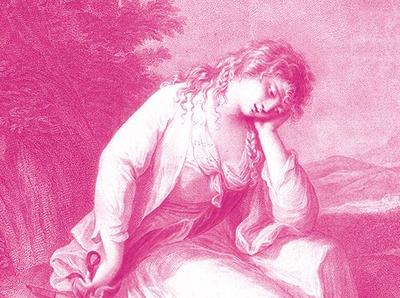
“Now I really find myself in a new country, surrounded by objects entirely strange.”
That is what Johann Wolfgang von Goethe wrote on his arrival at Lake Garda on 12th September 1786. In parallel to this year’s major special exhibition at the Ferdinandeum in Innsbruck, namely “Goethe’s Italian Journey. Homage to a country that never was”, the Tyrolean State Museums are presenting a selection from their collections at the Museo Alto Garda as a contribution – in interaction with individual Italian positions – to the exploration of the landscape that the MAG has been pursuing for several years.
Goethe’s Italian Journey, which lasted from September 1786 to June 1788 but only received literary treatment between 1813 and 1817, was the starting point for a special approach to landscape in art from the end of the 18th century to the present. The exhibition focuses on one aspect of the journey that has so far received little attention: the discovery of landscape as a place of selfknowledge.
The title of the exhibition is based on the novel “A Sentimental Journey” written by Goethe’s contemporary Laurence Sterne. In this context, “sentimental” implies rejection of the supremacy of reason, exploration of the role of sensuality and introspection, and ironic criticism of the many authors of travel books who laid claim to objectivity in the descriptions of the landscapes they saw.
Starting with works from the 18th and 19th centuries, the exhibition seeks to develop a comprehensive discourse on the artistic construction of landscape, the break with stereotypes in the 20th century and the deliberate individual treatments selected by contemporary artists.
Artworks by the artists:
Alterazioni Video, Luca Coser, Gerhild Diesner, Jeanne Faust / Jörn Zehe, Ursula Groser, Martin Kippenberger, Alexandra Kontriner, Artur Nikodem, Alessandro Piangiamore, Lois Weinberger
and
Johann Wolfgang von Goethe, Angelika Kauffmann, Pietro Marchioretto, Franz Edmund Weirotter




